Address
1760 Mission Drive
Solvang, CA 93463
United States
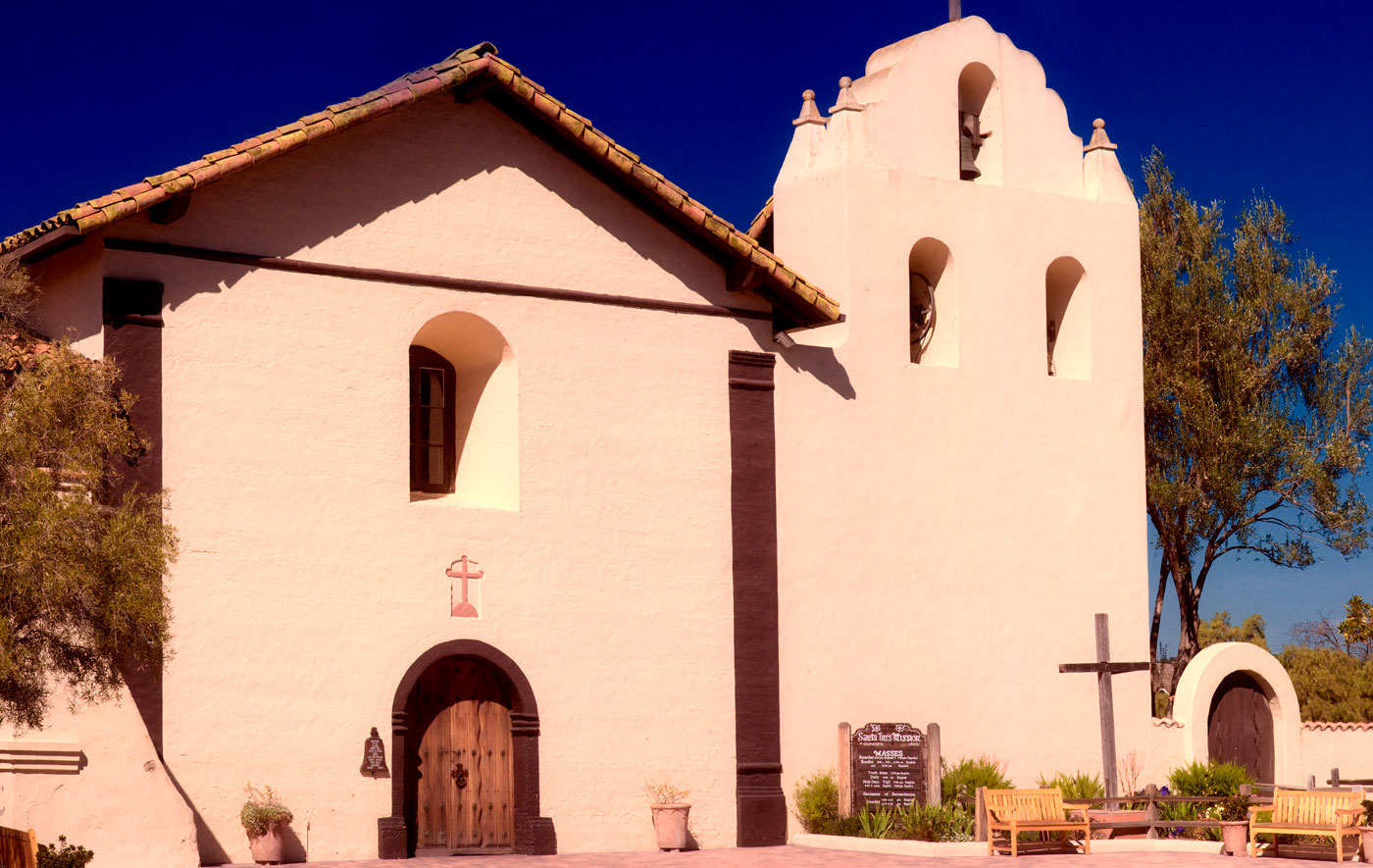
Founded:
September 17, 1804 - The 19th California Mission
Also Called:
Santa Inés
Current Status:
Santa Inés is an active Roman Catholic Church of the Archdiocese of Los Angeles. Since 1924 the Capuchin Franciscan Friars (Irish Province) have had full responsibility for this mission.
Summary:
Santa Inés Virgen y Martír, located in Solvang, California, in the Santa Ynez Valley, was founded on September 17, 1804. Also known as Santa Inés, this mission was named after Saint Agnes of Rome, a thirteen year-old Roman girl martyred in A.D. 304. This mission was never totally abandoned after secularization.
1760 Mission Drive
Solvang, CA 93463
United States
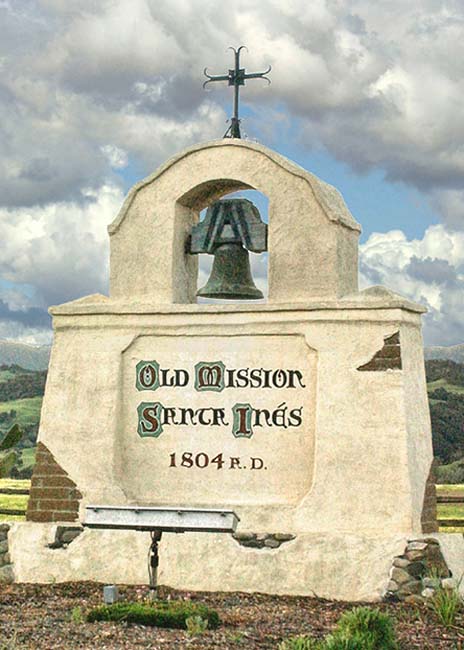
805-688-4815 ext. 231 - Old Mission Gift Shop
805-688-4815 ext. 223 - Parish Office
Please contact the mission directly by telephone or by visiting the mission website for the most current information.
Due to Covid-19 restrictions, it is best to check for current information.
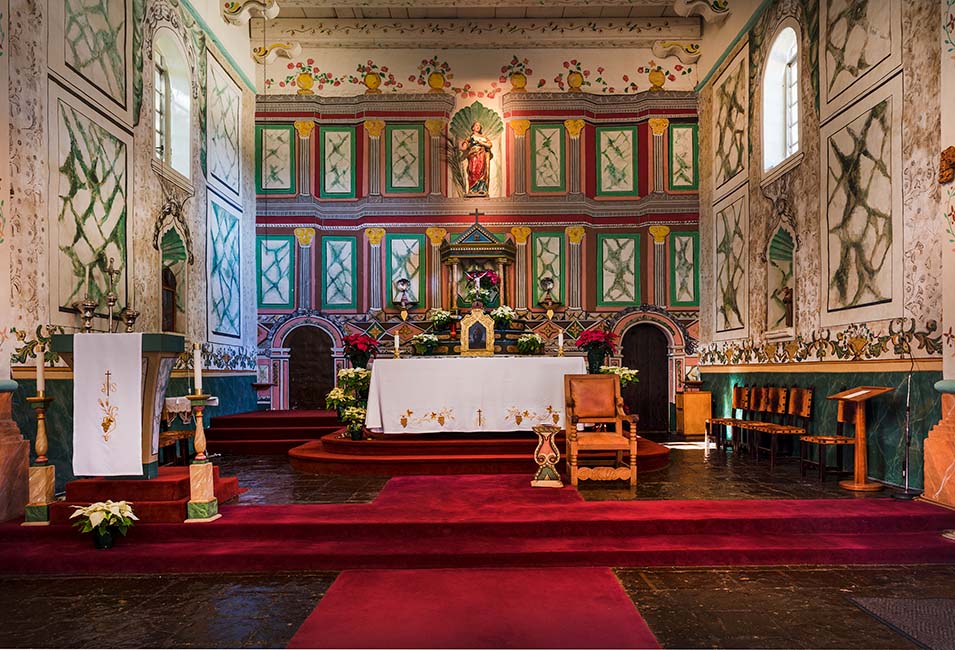
Santa Inés welcomes couples who want to have a Catholic marriage in the historic mission church. Arrangements have to be made at least six (6) months in advance. Further information is available in the Sacraments section of the mission website. The mission facilities are not available for wedding receptions.
The parish holds a number of special events and meetings throughout the year. Check the Parish Events Calendar for current information.
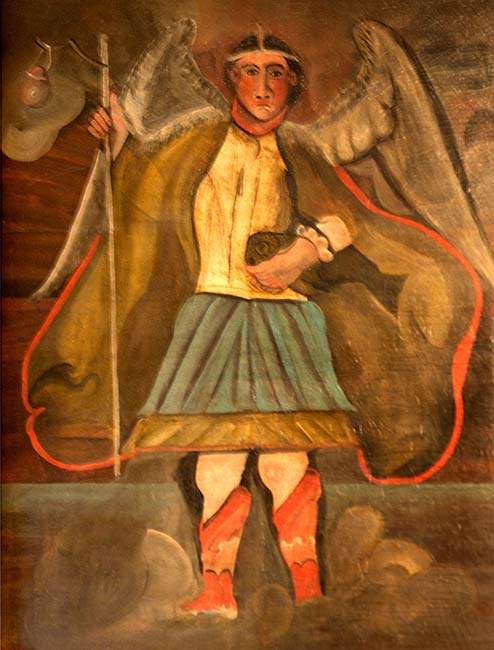
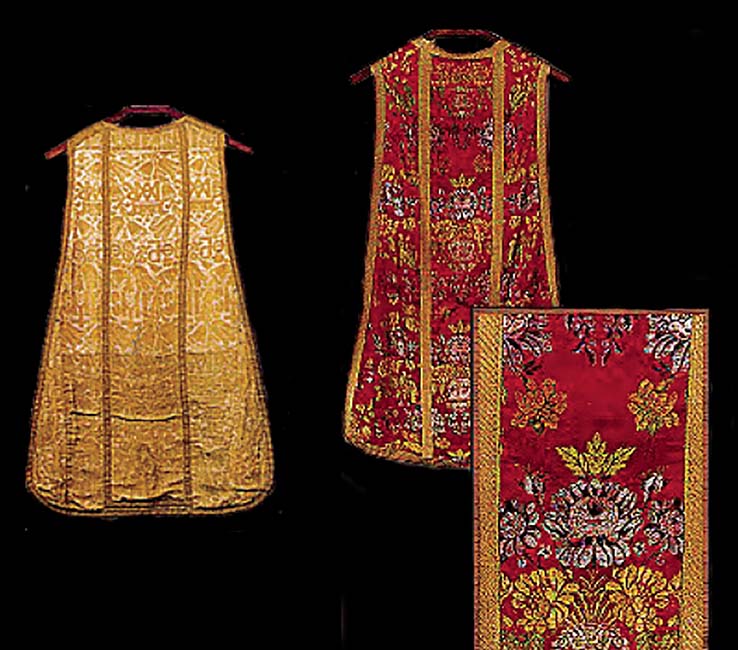
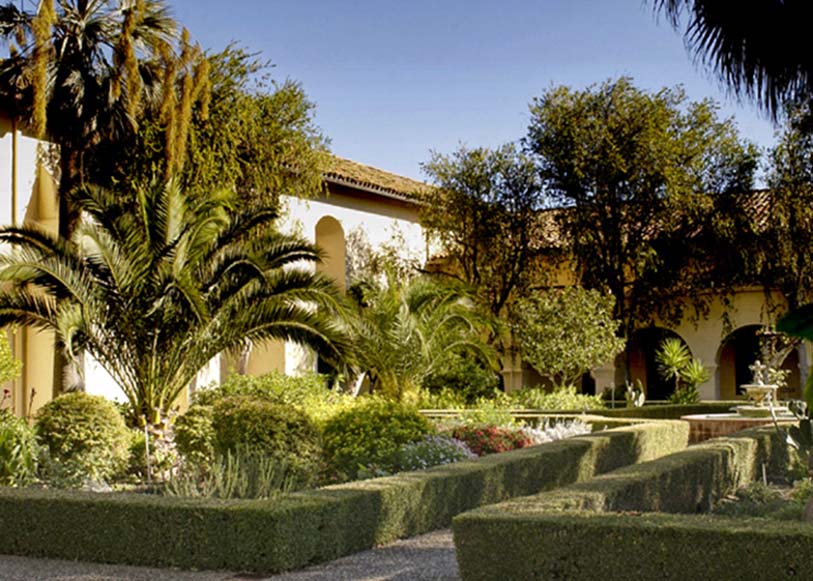
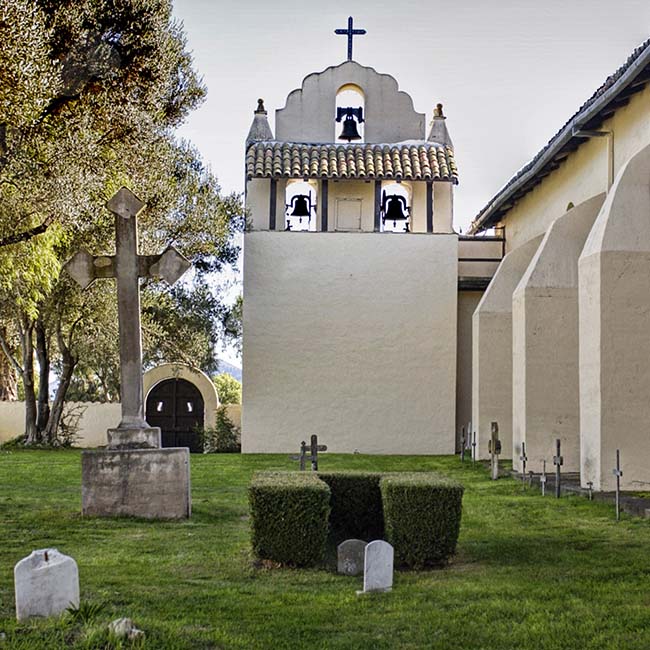
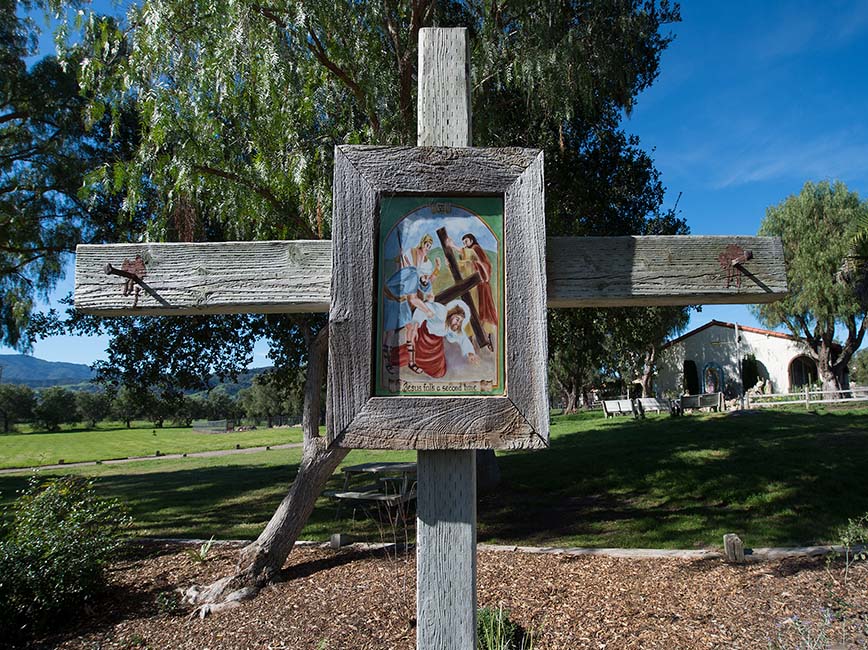
Try to find time to explore the town of Solvang founded in 1911 by a group of Dutch educators. This is an ideal place for lunch or dinner. Check out the official Solvang Visitor Guide website for a detailed list of events, places to visit, things to do and see.
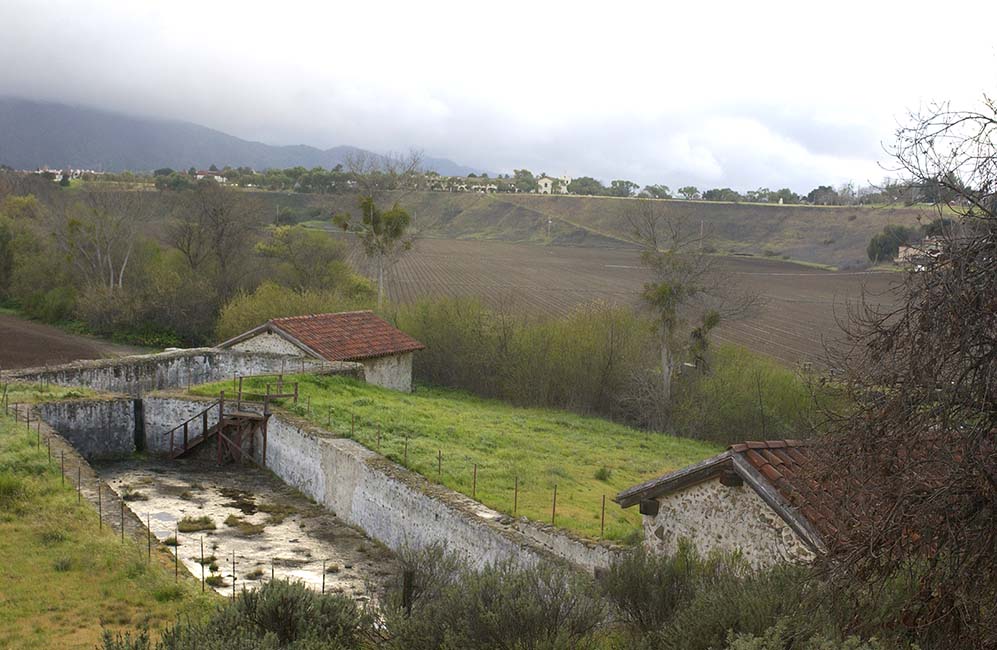
1834
1862
Saint Agnes of Rome, a thirteen (13) year old Roman girl martyred in A.D. 304.
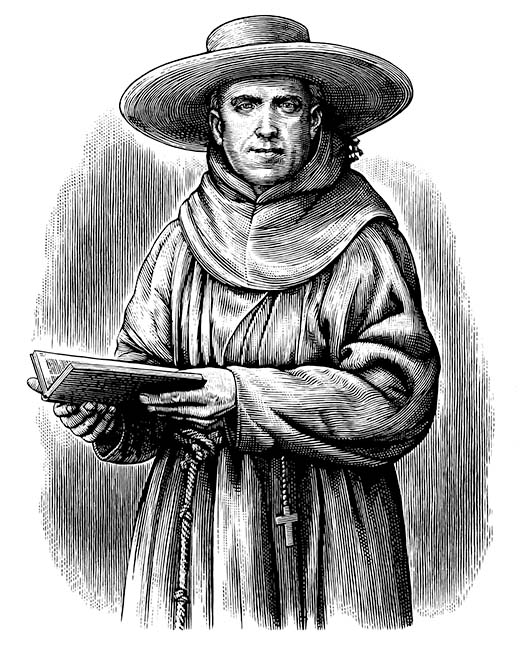
This mission is located in the land of the Chumash people and was initially populated by neophytes from Missions Santa Bárbara and La Purísima. The neophytes at Santa Inés were referred to as Inezeno (after the mission). They were one of three distinct linguistic/geographic entities of the East Coastal Chumash.
An inland mission, Santa Inés was established near a rancheria, Alajulspu, in the Santa Inez Valley and sits on its original site. The mission is on the eastern edge of the town of Solvang, founded in 1911 by a group of Danish educators. Note that the name of the valley and the town of Santa Inez is spelled with a "z" while the mission is spelled with an "s".
Traditional quadrangle and neophyte housing area.
Both Alamo Pintado Creek and Zanja de Cota Creek passed through the mission lands. Water was channeled via an elaborate system of canals into two stone-lined reservoirs, a lavendería, and a mill complex about one-half (1/2) mile from the mission.
The mission was established late in the mission era and only operated for thirty (30) years. There were relatively few natives in the immediate area. The highest mission population was only 768 in 1815.
Santa Inés had a large and relatively stable livestock herd. In 1832 the mission had 9,460 animals, including 7,000 cattle and 2,000 sheep.
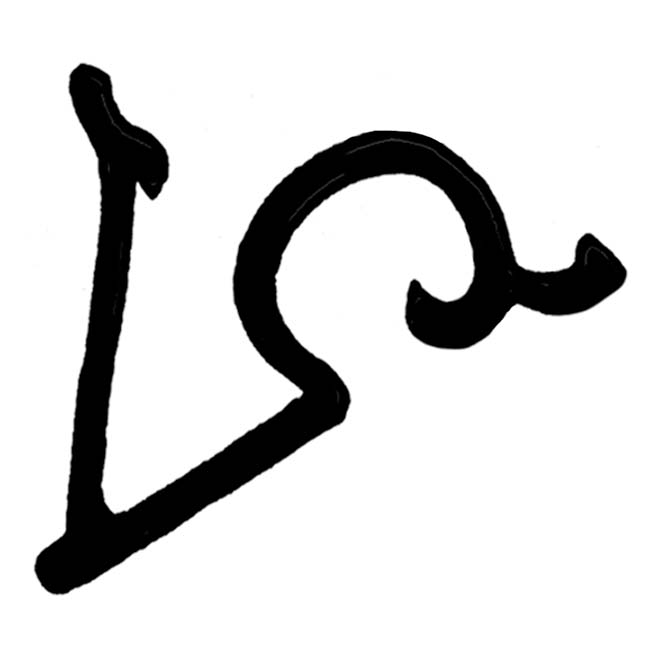
Over the years between 1804 and 1832 Santa Inés harvested over 121,000 bushels of wheat, barley, corn, beans, peas, lentils, garbanzos (chickpeas), and habas (broad beans). It had the second highest production of wheat in the entire chain.
The current church with its plain façade dates to 1817. The interior was repainted with the current design in 1825. The nave was repainted in 1911 and rebuilt with five (5) bells. It was restored to its original design in 1947. The mission museum displays the bells of 1804, 1808, and 1818.

After the bell wall collapsed in 1911, it was rebuilt with five bells. It was finally restored to original design in 1947.
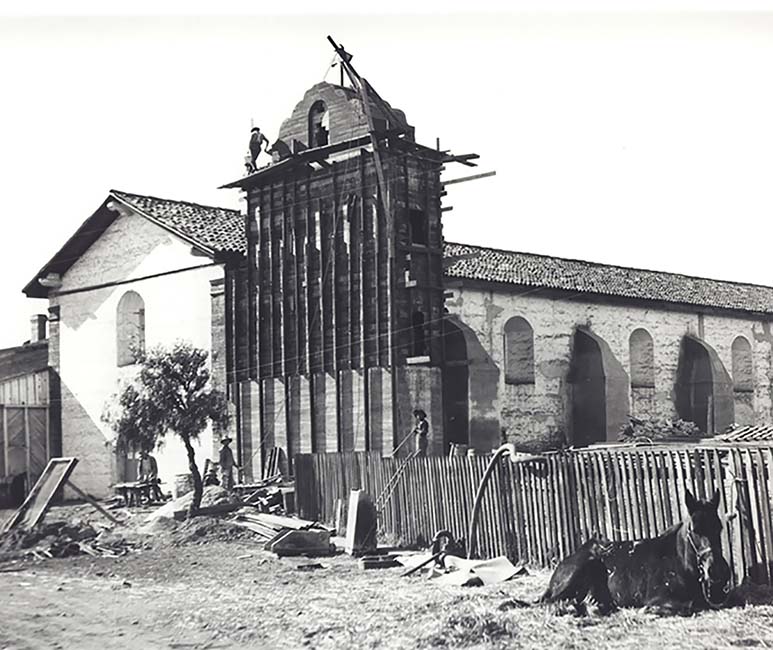
The mission is known for its extensive collection of church vestments which date from the 17th century through the 20th century. They include a chasuble worn by Fr. Junípero Serra and a 17th century cape crafted in materials from the Court of Louis XIV of France. The impressive mission museum includes a painting of the Archangel Raphael rendered on canvas by an Inezeño or neophyte convert of Santa Inés.


Santa Inés had two mills about one-half (1/2) mile from the mission complex: a grist mill, built in 1820 and a fulling mill completed in 1821. The Zanja de Cota Creek fed this system, which consisted of two large stone reservoirs, a stone mill building with a water-propelled horizontal wheel and millstone, and a network of zanies or canals. There is currently no public access to the mill ruins which are now owned by the California State Parks with long-term plans to provide public access in a new State Park in Solvang.

The largest Indian uprising in the mission era began at Santa Inés in 1824 triggered by the excessive beating of a neophyte by a soldier.
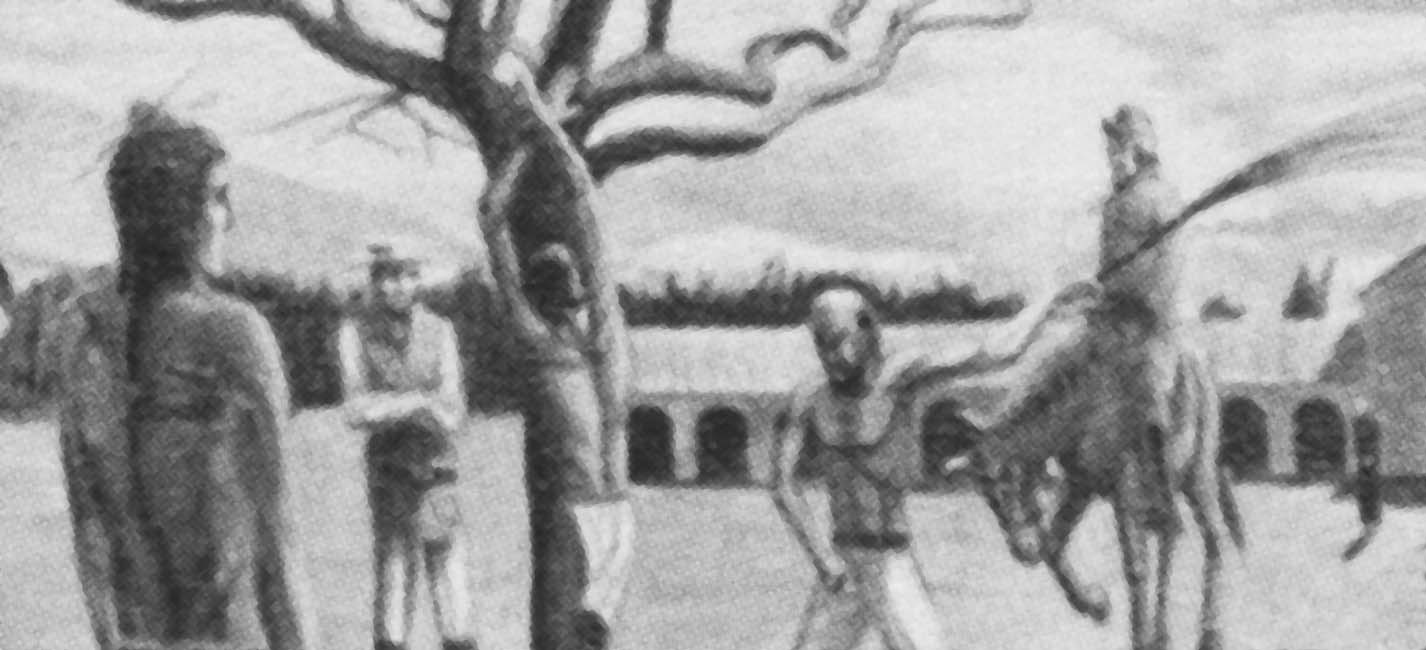
Santa Inés was one of the last California missions that was founded in 1804. It remains on its original site. This Historical Image Gallery not only contains illustrations of the mission at key points in its history, it also includes images of the mission interior (an 1825 design), the ruins of the mission gristmill (1820), and the fulling mill (1821). Santa Inés offers visitors an opportunity to experience a California mission that was never fully abandoned and preserves many of its historic features.
The Contemporary Image Gallery contains more recent photographs taken by several different photographers from around the Church gardens and the Church interior.











